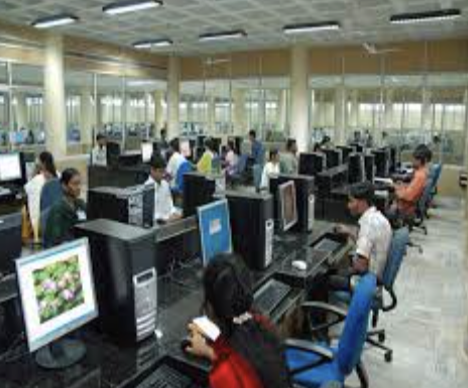
India's increase in GDP 2023 Gross Domestic Product
The measure of the market value of all the final goods and services produced in a country within a
financial year is known as the Gross Domestic Product of the country (GDP). As per the Bloomberg
survey the estimate median of GDP growth is seven per cent. According to the government data
released recently, India’s growth is estimated to be at 7.2 per cent in the financial year 2022-2022.

This growth is opposed to the expansion in the previous financial year which was estimated at 9.1 per
cent. Despite a slightly lower margin this year, comparatively speaking, than the last, the Indian
economy continues to uphold its reputation as one of the fastest growing economies of the world
amidst the major global players. This sudden growth has catapulted the economy forward at $3.3
trillion, as it inches ever so close to achieving the $5 trillion goal in the not-so-distant future.
The diversification and improvements brought about in private and public consumption and
investments seem to be the causative agents of the unexpected growth in the fourth quarter of the
financial year 2022-23, the data stood at 6.1 per cent during the period of January-March.
The service sector is a major contributor to the growth of the economy. India has been rapidly
acquiring market share in the Information Technology (IT) industry as well as the business
consultation services.
Global stat
China: The country is still reeling in from the Zero-Covid measures and was subject to a number of
other interferences which interrupted the supply chain and badly damaged the business. However, the
National Bureau of Statistics of China reports that China still managed to expand 4.4 per cent in the
same period, year-on-year.
The United States of America: Comparatively, the US grew by a mere 1.1 per cent, the economy
being riddled with increased rates of inflation.
Germany: Germany is facing virtual recession consequent to the energy crisis which followed the
Russia-Ukraine war.
Japan: Japan’s expansion in the first quarter was an anemic 0.4 per cent.

Prime Minister’s reaction
The Prime Minister of India, Mr. Narendra Modi, was reportedly satisfied with the results conveyed in
the data released by the government and took to twitter, commenting on the Indian economy’s
“resilience” during the difficult times that plague all the nations of the world equally. He implied that
this is an indication of India’s trajectory ahead and that it was the people who was carrying it forward.
Although, the afore-mentioned “resilience” paved the way for GDP growth despite restrictions
installed by the Reserve Bank of India (RBI), the risk of adverse effects on the economy are not to be
taken lightly. The Prime Minister’s implications are not meant to be taken as an assurance of a better
performance, year after year. Growth further along the trajectory is not without its risks each year,
particularly with respect to increasing global recession.

GDP Report
Agriculture and mining rose by 4 per cent and 4.6 per cent respectively. Manufacturing, last year,
stood at 1.3 per cent. Electricity rose by nine per cent, construction rose as far high as ten per cent and
fourteen per cent growth is attributed to trade, hotels and transportation services. Financial services
went up by 7.1 per cent and public administration by another 7.2 per cent.
Government spending did, however, rise marginally by 0.12 per cent and consumption rate was up by 7.5 per cent. An 11.4 percent spike was recorded in Gross fixed capital formation which acts as a proxy for investments. The key measure of productivity of a country, the Gross Value Added, rose up to 6.5 per cent during the 4th Quarter of the financial year as compared to the previous financial year.







